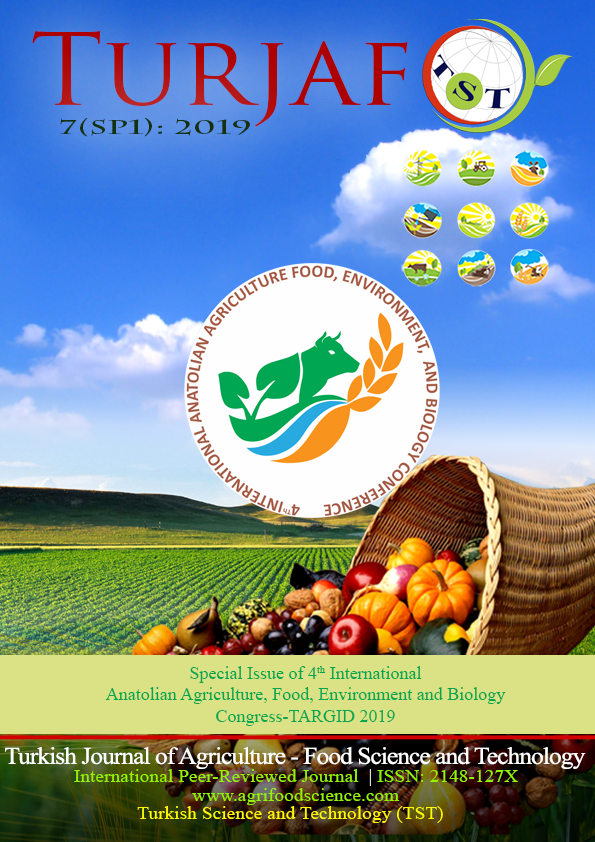The Role of Novel Pasteurization Approaches on Altering Functional Properties of Egg Proteins
DOI:
https://doi.org/10.24925/turjaf.v7isp1.138-144.2787Keywords:
Egg, Egg products, Protein functionality, Novel pasteurization techniques, FoamingAbstract
Eggs are important components of the human diet due to their low cost, high protein content and protein related technological features. High digestibility of egg proteins makes it possible to consume alone in the assay of nutritive values. Binding, emulsifying, foaming, gelling, and thickening properties of egg proteins provide an opportunity to use egg in various food products as an ingredient. Therefore, the consumption of egg is increasing with each passing day, however, Salmonella enterica serovar Enteritidis and Salmonella Typhimirum infections have been reported to be egg-born. These serious infections are originated from direct consumption of eggs or unpasteurized food products in which the egg yolk/albumen is added to the formulations such as mayonnaise, salad dressings or merengues. In order to prevent these infections, aforementioned microorganisms must be eliminated from the environment by pasteurization. Commercial pasteurization process is applied with hot water or vapor. Commercial processes include high temperature/short time or low temperature/long-time pasteurization. Although heat treatment is considered the most reliable method in terms of microbiological safety, high temperature and/or long time applications may have adverse effects on functional and nutritional properties of egg proteins. To ensure the microbiological safety of products without sacrificing technological or nutritional properties, researches have been centered upon innovative techniques such as irradiation, pulsed electric field, high hydrostatic pressure, and radiofrequency applications. This review is aimed to bring out the amendments occurred in the egg protein structures in consequence of aforementioned pasteurization methods.Downloads
Published
How to Cite
Issue
Section
License
This work is licensed under a Creative Commons Attribution-NonCommercial 4.0 International License.
























